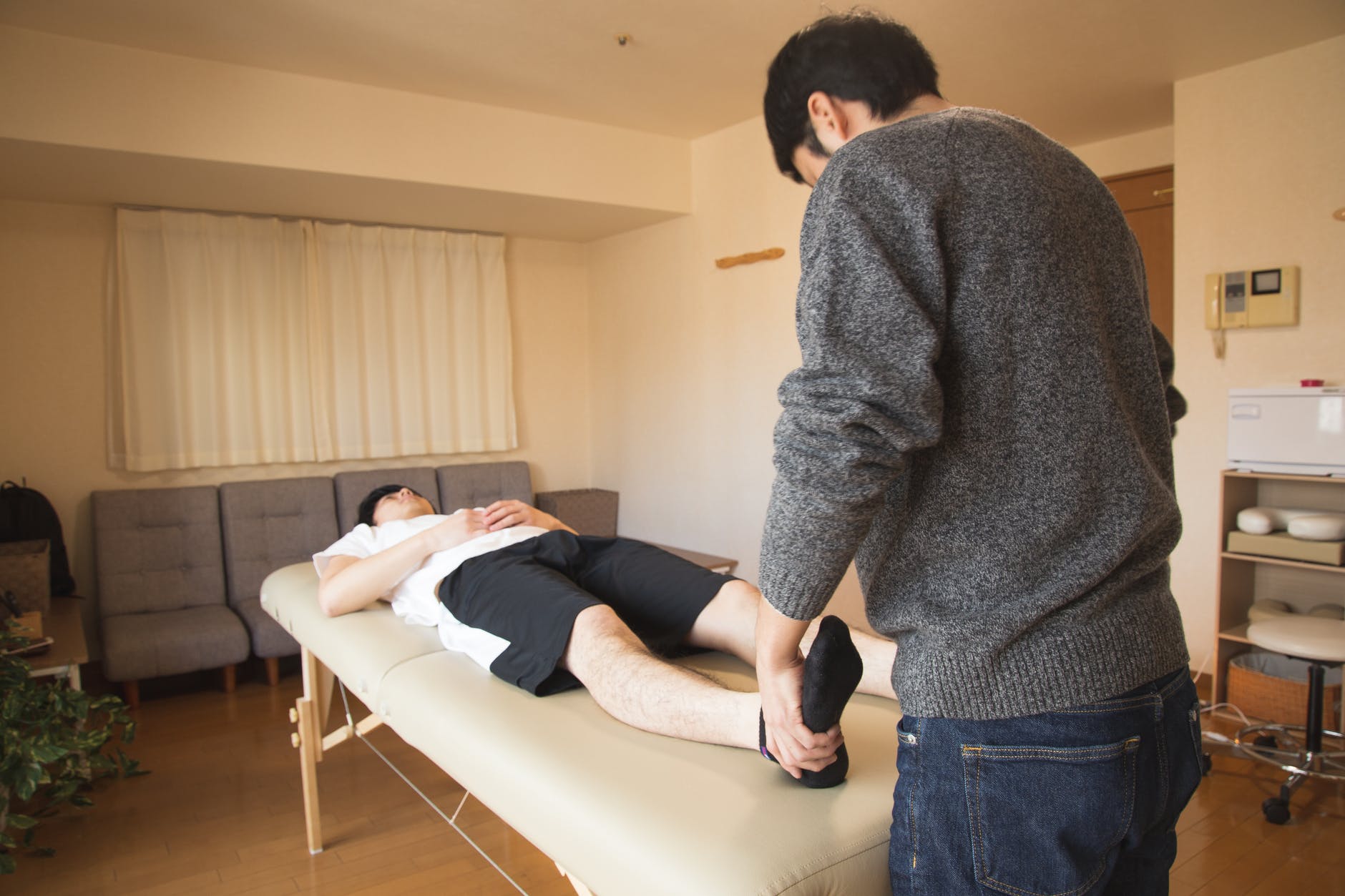
Benefits of Compression Therapy for Wound Care
Compression therapy is a widely used treatment for managing various types of wounds, including venous ulcers, lymphedema, and arterial ulcers. However, compression therapy isn’t widely discussed despite its extensive use. It most recently entered the public conversation when Serena Williams wore compression garments at the French Open.
The main benefit of compression therapy is that it can help soothe swelling and inflammation, promote healing, and prevent the formation of blood clots. Available methods include anything from compression socks to full garments or even boots.
Benefits of Compression Therapy for Wound Care
1. Compression Therapy Can Reduce Swelling
Compression therapy helps to reduce swelling in the affected area by applying pressure to the wound. This pressure helps promote healthy blood flow and reduce fluid buildup, which can soothe inflammation and encourage healing.
2. Compression Therapy May Promote Healing
Compression therapy can help promote healing by increasing blood flow to the affected area. This increased blood flow can provide the nutrients and oxygen necessary for healing and can help remove waste products from the wound.
3. Compression Therapy May Help Prevent Blood Clots
Compression therapy can help to prevent the formation of blood clots, which can be a serious complication of some types of wounds. By improving blood flow and reducing inflammation, compression therapy can reduce the risk of blood clots forming in the affected area.
4. Compression Therapy Provides Support
Compression therapy provides support to the affected area, which can help reduce pain and discomfort. This support can also help prevent further injury or damage to the wound.
Types of Compression Therapy for Wound Care
Several types of compression therapy are commonly used for wound care, including:
Elastic Bandages
Elastic bandages are a simple and cost-effective form of compression therapy. They are easy to apply and can be adjusted to provide the appropriate level of compression. Elastic bandages are often used to treat mild to moderate swelling, venous ulcers, and lymphedema.
Compression Stockings
Compression stockings are similar to elastic bandages but are designed to be worn like socks or stockings. They are available in various lengths, styles, and compression levels. Compression stockings may be used to treat swelling, venous ulcers, and varicose veins.
Pneumatic Compression Devices
Pneumatic compression devices use an inflatable sleeve or boot to apply intermittent pressure to the affected area. These devices are often used to treat lymphedema and venous ulcers.
Unna Boots
An Unna boot is a bandage that is coated with a paste made of zinc oxide and calamine lotion. This type of compression therapy is often used to treat venous ulcers.
Compression Garments
Compression garments are custom-made and designed to fit the individual’s body and provide targeted compression to the affected area. These garments are often used to treat lymphedema and severe venous insufficiency.
Which type of compression therapy you use will depend on your condition, the severity of the wound, and other factors. Work with your healthcare provider to determine the best type of therapy for your individual needs.
How Do I Talk to My Doctor About Whether Compression Therapy Is Right for Me?
If you are considering compression therapy, here are some tips on how to talk to your doctor about it.
Explain Your Concerns
Start by explaining why you’re interested in using compression therapy for wound care. Be honest and clear about your concerns, and provide any information you have about the benefits of compression therapy.
Ask for Their Opinion
Ask your doctor for their opinion on using compression therapy for your specific condition. They can provide insight into the potential benefits and risks of using compression therapy and help you determine whether it’s a good option for you.
Discuss Your Medical History
Make sure to provide your doctor with a complete medical history, including any previous injuries or surgeries. This information can help them determine whether compression therapy is safe and appropriate for you.
Ask About the Different Types of Compression Therapy
When you speak with your doctor, they can help you determine which type of compression therapy is best suited to your needs. They can explain the different types of compression therapy and help you choose the most appropriate one for the problem you’re trying to solve.
Discuss Any Concerns or Limitations
If you have concerns about using compression therapy or if you have any limitations that may affect your ability to use it, discuss these with your doctor. They can help you find solutions or alternatives that may work better for you.
Final Thoughts
Compression therapy can be an effective treatment for managing various types of conditions, but it should be done under the supervision of a doctor. That way, you can ensure you choose the appropriate type and level of compression therapy for your individual needs. Remember, your doctor is there to help you, so feel free to ask questions or express your concerns. By working together, you can develop a treatment plan that is safe and effective for you.






